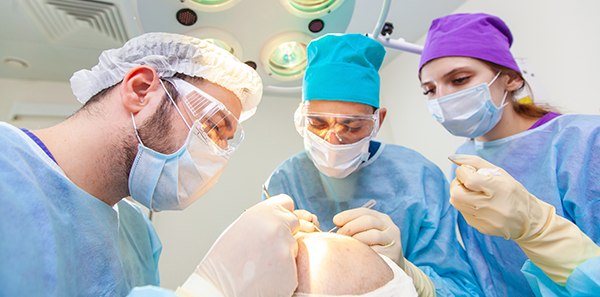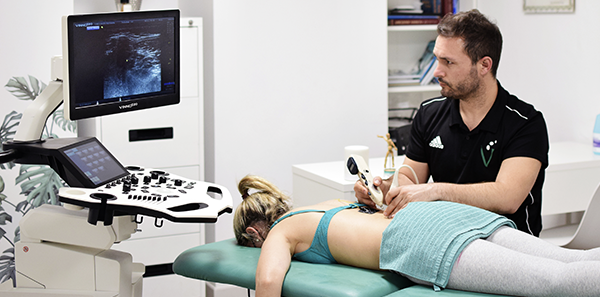
Hair transplant is a minimally invasive surgical technique that repopulates an area where there is no hair.
The surgical procedure consists of the extraction of follicular units that are re-implanted on the bald areas of the patient’s scalp.
These follicular units continue to grow, so the treatment and the results are natural. There are two techniques for performing a hair transplant:
- The FUE technique, also known as Follicular Unit Extraction.
- The FUSS technique or Follicular Unit Strip Surgery.
FUE technique
The FUE technique is a minimally invasive hair transplant process, performed under local anaesthesia used to treat alopecia (hair loss) both in men and women with natural and long-lasting results without leaving visible scars.
This capillary transplant technique enables the individual extraction of capillary follicles from various donor areas. These areas are normally the back and sides of the scalp.
After shaving the area, follicular units are obtained that, depending on the case, can be from 1,500 to 4,500 follicular units. Groups of 1, 2, 3 and 4 hairs are prepared and selected under a microscope to be implanted in the previously prepared areas of hair loss.
This intervention can be quite time consuming, due to the individual extraction of each of the follicular units, compared to the stripping technique.
This is recommended as a solution to very extensive alopecia patterns since over 9,000 hairs can be obtained in a single session if the patient’s donor area allows it.
Recovery
The FUE technique is a method that requires little recovery time because it only demands minimum incisions that heal without stitches, leaving imperceptible scars. Between the first 48 and 72 hours, the small scars from the extractions are already closed and in a period of one week, the patient is fully recovered.
FUSS Technique
The FUSS technique is a minor surgical intervention, performed under local anaesthesia, that consists of the extraction of follicular units by dissection of a band of hairy skin from the nape of the neck, also known as a STRIP. Follicular units are extracted from this area (maximum 2,500-3,000) that are later inserted into the bald area of the patient, which could be the crown or a receding anterior area.
This strip is a fine band of skin with hair of between 18 and 20 centimetres in length by 1 to 2 centimetres wide. This technique does not require prior shaving and usually leaves a small scar on the neck that is often imperceptible after some time.
Recovery
The stitches are usually removed two weeks after the intervention. Although the preliminary results can be seen three months after the intervention, you must wait up to a year to see the final results.
Dr. Juan Molina Montes – Capillary Surgeon












